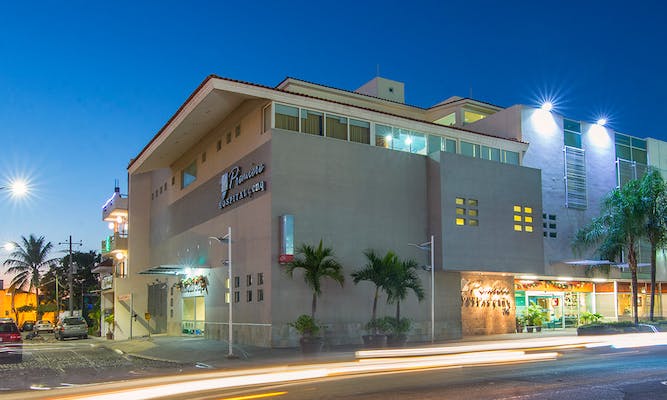Orthopedic Doctor Specialist in Spine Surgery
Puerto Vallarta & Riviera Nayarit
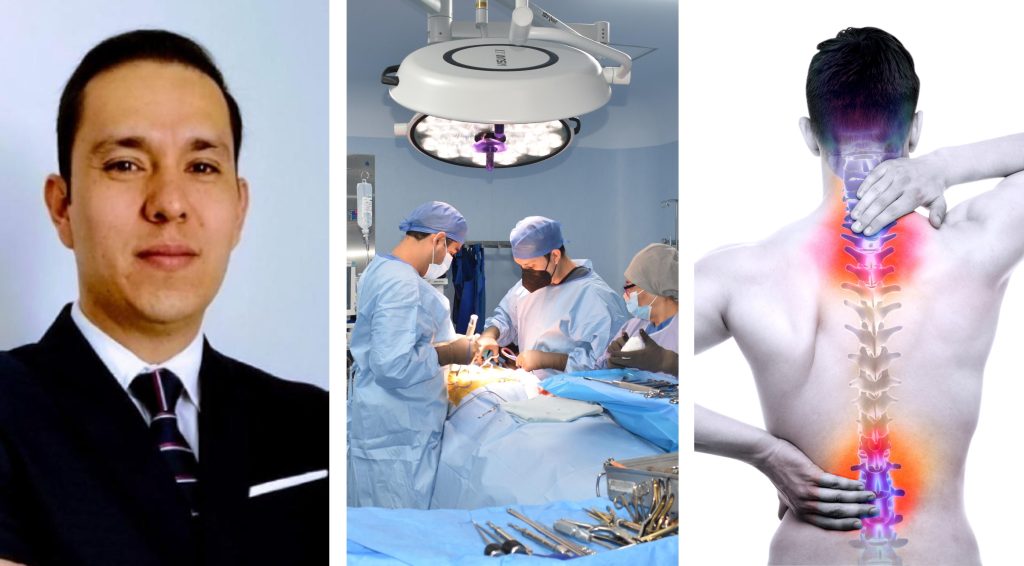
*Dr. Oscar Ivan Morales Lepe has extensive knowledge in the care and treatment of all spinal conditions, including congenital deformities, degenerative diseases, spinal tumors, and spinal trauma, in both adults and children.
*He continually strive to increase awareness of new advancements in the field by attending meetings and courses to learn about the latest advancements in spinal care and surgery.
- Surgeon Endorsed by the University of Guadalajara.
- Orthopedic Surgeon Endorsed by the Autonomous University of Tabasco.
- Fellowship in Spinal Surgery at the “Dr. Manuel Dufoo Olvera” Endorsed by the National Autonomous University of Mexico.
- Active Member of the Mexican Federation of Orthopedics and Traumatology Colleges (FEMECOT).
- Active Member of the Mexican Association of Spinal Surgeons (AMCICO).

Common Spine Conditions and Disorders
- *Cervical Spondylosis.
- *Herniated Cervical Disc.
- *Herniated Lumbar Disc.
- *Kyphosis.
- *Low Back Pain (Lumbar).
- *Sciatica
- *Scoliosis.
- *Spinal Cord Injuries.
- *Spinal Infections.
- *Spinal Osteoarthritis (Spondylosis)
- *Spinal Stenosis
- *Spinal Tumors.
- *Whiplash – Neck Sprain or Strain.
Minimally Invasive Spine Surgery (MISS)
This type of surgery uses smaller incisions than standard surgery. This often causes less harm to nearby muscles and other tissues. It can lead to less pain and faster recovery after surgery.
In general, the goal of minimally invasive spine surgery (MISS) is to stabilize the vertebral bones and spinal joints and/or relieve pressure being applied to the spinal nerves — often a result of conditions such as spinal instability, bone spurs, herniated discs, scoliosis or spinal tumors.
As opposed to open spine surgery, minimally invasive surgical approaches can be faster, safer and require less recovery time. Because of the reduced trauma to the muscles and soft tissues (compared to open procedures), the potential benefits are:
- Better cosmetic results from smaller skin incisions (sometimes as small as several millimeters)
- Less blood loss from surgery
- Reduced risk of muscle damage, since less or no cutting of the muscle is required
- Reduced risk of infection and postoperative pain
- Faster recovery from surgery and less rehabilitation required
- Diminished reliance on pain medications after surgery
Sciatica Surgery
Surgery for sciatica is usually considered when leg pain and/or weakness is persistent or progressive even after several methods of non-surgical sciatica treatments have been tried. In a few cases, surgery may be considered as the first option.
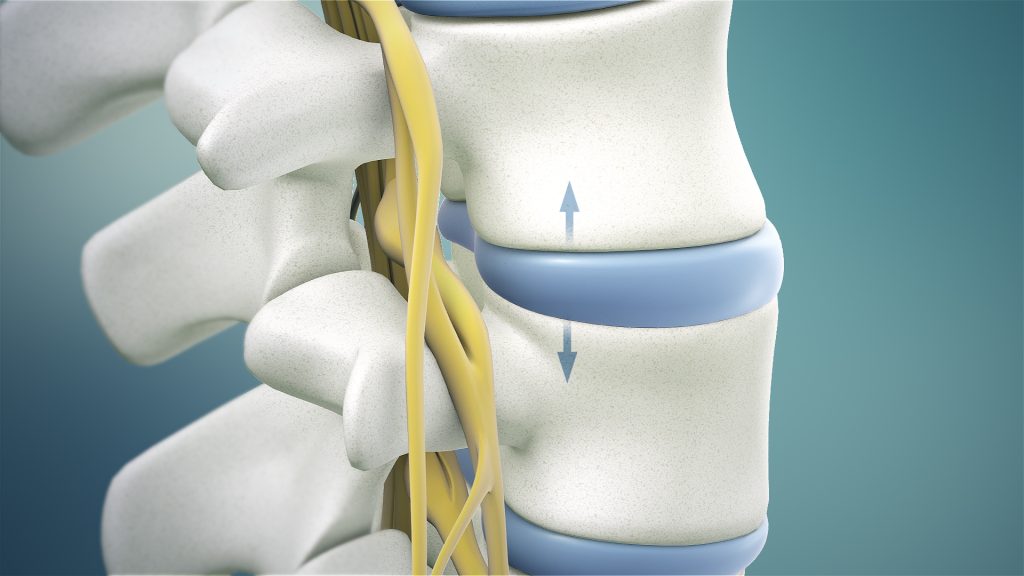
Lumbar Decompression
The goal of a decompression surgery is usually to relieve pain caused by nerve root pinching.
There are two common causes of lumbar nerve root pressure: from a lumbar herniated disc or lumbar spinal stenosis. This type of pain is usually referred to as a radiculopathy, or sciatica
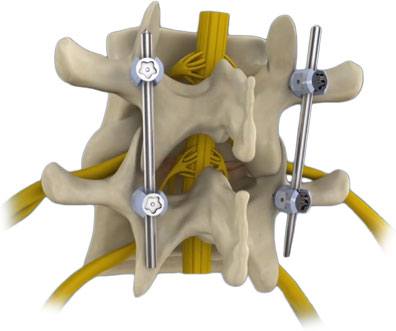
Advanced Spine Surgery
The primary purpose of back surgery or neck surgery is to correct an anatomical lesion in individuals who doesn´t show any improvement with conservative (nonsurgical) treatment. Surgery is not an option for patients when an anatomical lesion can not be identified.
Modern spine surgery has made major advancements in both technique and spinal instrumentation/implants over the past couple of decades, but by far the most significant advancement in spine surgery has been better preoperative imaging techniques, which have greatly improved the ability of surgeons to identify accurately and correctly an anatomic lesion as a cause of pain.
Specifically, magnetic resonance imaging (MRI scan) has revolutionized back surgery. It is most often the best test to identify an anatomical lesion responsible for the patient’s problem.
Why North American Patiences Preferred Puerto Vallarta for Medical Assistance
Puerto Vallarta and Riviera Nayarit in Banderas Bay, Mexico are one of the most popular tourist destinations in the world, with more visitors every year looking for a beautiful city to get medical treatments, save money and be attend for most experienced doctors in Mexico.
You will find experience medical specialists and highly qualified hospitals that offer tourists seeking medical attention, world-class care and service, with state-of-the-art medical infrastructure and technology, to offer diagnosis, intervention, rehabilitation and recovery.
Reasons why
- *Medical and Hospital Quality.-Avant-garde hospital infrastructure.
- *Personalized Attention.-High standards of qualified human capital.
- *-Affordable Prices.-Cost Savings up to 60 %
- Wait times are non-existent. Get your surgery done and plan it with one or two weeks in advance
- Travel Time. Oportunity to recover in a beautiful and safe beach destination
- Geography. Due to it´s location, Mexico is the perfect option for patients traveling from North America, US and Canada and South America



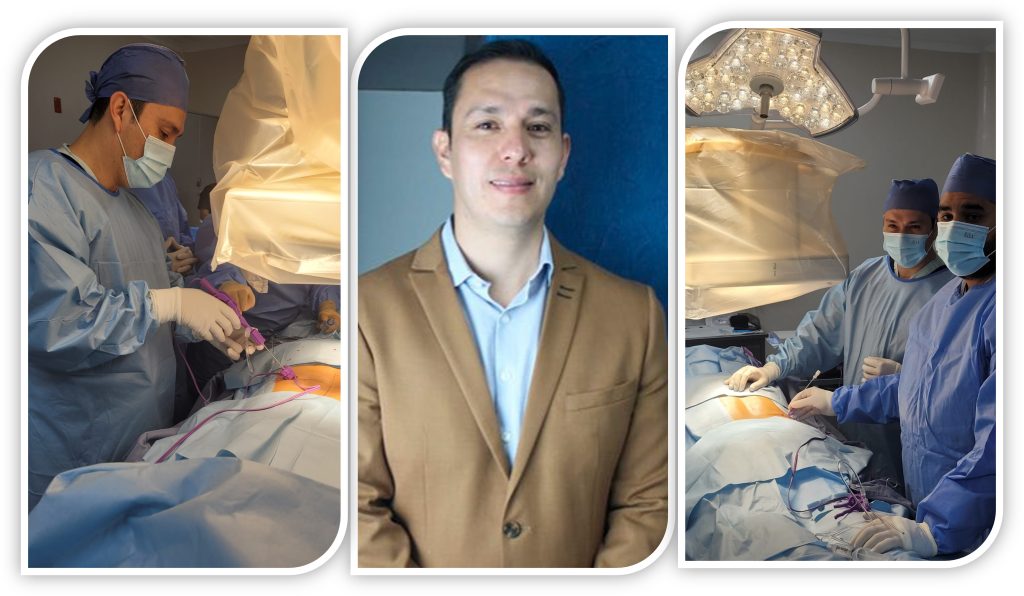
If Need Medical Assistant by an Spine Surgeon Specialist send by email the following information:
spinesurgerypuertovallarta@gmail.com
- A small narrative from the patient telling his/hers story and symptoms
- Copies of the most recent medical reports
- Copies of imaging reports (x-Rays, CT scans, ultrasound and/ or MRI’s, etc)
- Images of the affected area
- (For visitors ) Possible dates you can travel to Puerto Vallarta or Riviera Nayarit
Address
- Av. Francisco Villa 1749, Vallarta Villas, 48313 Puerto Vallarta, Jal.
- spinesurgerypuertovallarta@gmail.com
- English Speaking (+52) 322 1515 56 60
- Sanish Speaking (+52) 322 229 03 10
